This article is being written following the Public Input and Public Comment meetings for the 2026 National Electrical Code® (NEC®). The following information is accurate, provided that no changes, such as the Notice of Intent to Make a Motion (NITMAM) or Certified Amending Motions (CAMs) occur between the October 2024 Public Comment meetings and the NFPA Annual meeting in June of 2025. Based on discussions with others within the NEC® process, the following changes do not appear to have any opposition; therefore, we do not anticipate any changes to the following items.
This change is the beginning of the anticipated future reorganization of the entire NEC proposed for the 2029 Edition. The 2029 edition of the NEC will potentially be completely reorganized from the present nine chapters into a document with up to 20 Chapters. This change is due to the introduction of many new technologies since the Code was reorganized into nine chapters in 1937, for which the NEC has been incorporated into the present layout and will most likely need to be accommodated in future Codes.
The scope of Article 404 in the 2023 NEC applies to all switches, switching devices, and circuit breakers used as switches operating at 1000 volts and below, unless specifically referenced elsewhere in this Code for higher voltages. Article 404, in past editions of the NEC, has contained requirements for the wall device type of switches; now those types of devices will be located in Article 406. Examples of the types of switches now covered by Article 404 and will now be covered by Article 406 are shown in Photo 1.
Article 404 in the 2026 NEC will now only cover larger type switches, such as pull-out switches, general-use switches, fused disconnects, and circuit breakers used as switches. Proposed 404.1(B)(2) indicates that “wiring devices” will not be covered by the 2026 Edition of Article 404.
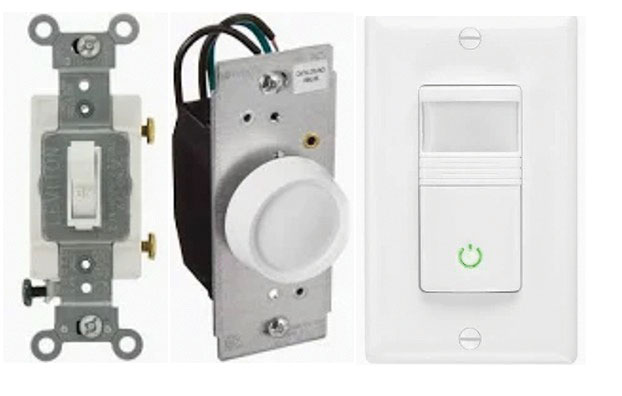
The scope of Article 406 in the 2023 NEC covered receptacle outlets, cord connectors, attachment plugs, and cord caps.
During the 2026 NEC code cycle, there were Public Inputs received from the NEC Correlating Committee to relocate some existing requirements within Article 404 into Article 406. Article 404 has historically included all types of switches, ranging from wall device-style snap switches to 1200 amp or larger disconnect switches, some of which have overcurrent protection (fused) and others without (unfused). Article 406 has historically included receptacle outlets and similar types of devices.
NEC Article 406, New Part III now covers General Use snap switches, Dimmers and Electronic Control Switches. 406.30 through 406.40 now contain the requirements for the installation of device-type switches. These requirements have not been changed from the requirements as found in the 2023 edition of Article 404.
The title of Article 404, Switches, will remain the same in the 2026 NEC, but will now only cover general-use type switches, motor circuit switches, circuit breakers, molded-case switches, and similar types of switches. These switches will include your typical fused or unfused disconnect switch, generally sized from 30 amperes up to 1200 amps and more in some cases. The molded case switch, basically a molded case circuit breaker, but in fact is only a switch-type device with no overcurrent protection within the molded case.
These molded case switches are often located within HVAC equipment and only act as a disconnecting means. (See Figure 1). Figures 2 and 3 are circuit breakers, providing both a disconnecting mechanism and overcurrent protection. These can easily be confused in the field when Electricians and inspectors examine equipment with these devices installed by the equipment manufacturer. Therefore, look closely to ensure whether it is a molded case switch (no overcurrent protection provided) or a circuit breaker (overcurrent protection provided).
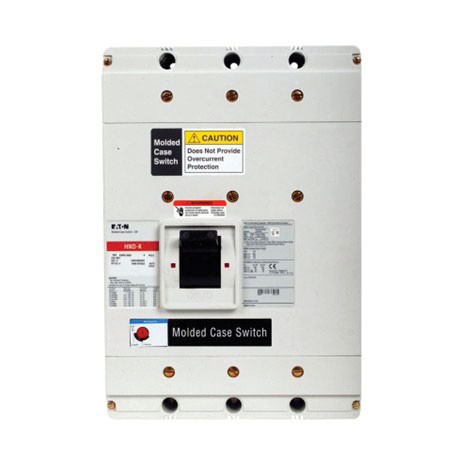
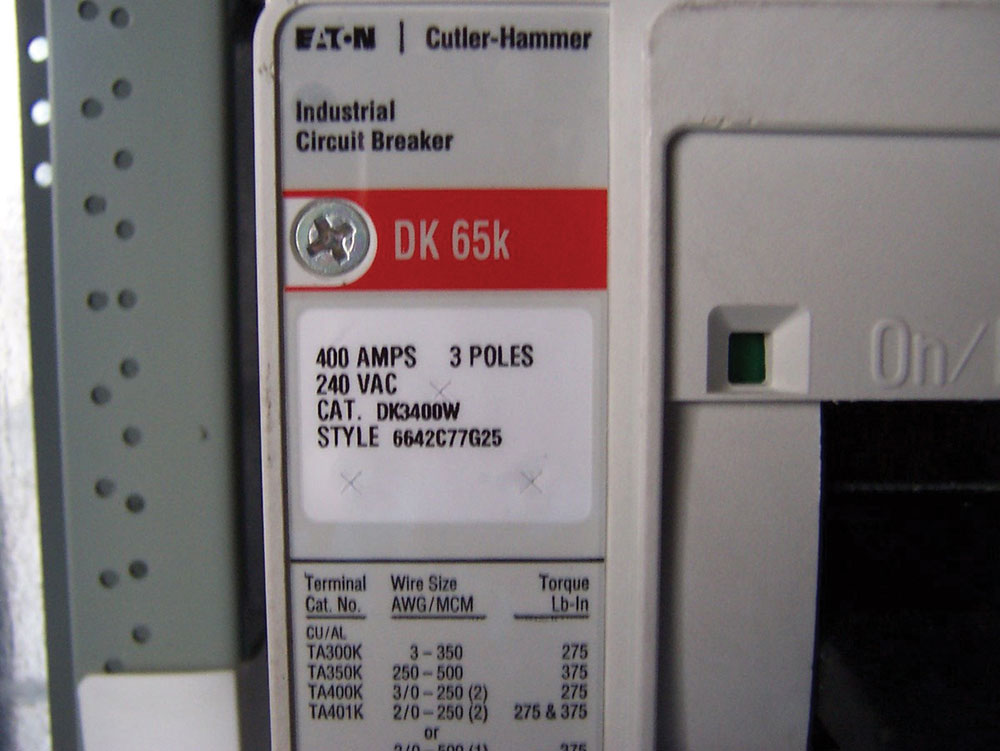
A few other changes you will notice in the 2026 NEC, specifically in Article 406, are as follows.
- 406.16(D)(3) Illuminated faceplates or faceplate with night lights or USB ports – this section has been clarified that only unpainted or unenameled screw heads can be used for the connections from the receptacle to the faceplate. There is also a maximum one-watt load allowed for the faceplate with USB ports or night lights, which was introduced into the 2023 NEC.
- 406.10 Receptacles marked CU/ALR are allowed to be used with copper, copper clad, and Aluminum Conductors; not all receptacles are marked as such. If only marked “CU”, then only Copper conductors are allowed to be terminated to that receptacle.
- 406.12(D)(3) GFCI protection for receptacles that are replaced. A provision has been inserted into this section to provide some relief; the main text requires the receptacle to be of the GFCI type, be protected by an upstream GFCI device, or be protected with a GFCI breaker. The Code Panel inserted the revised text in a list format to allow a receptacle to be replaced without GFCI protection if none of the above can be achieved due to the following three reasons.
- The receptacle box is too small to accommodate a GFCI-type receptacle.
- Upstream boxes are also too small to accommodate a GFCI-type receptacle.
The branch circuit is not capable of installing a GFCI circuit breaker, such as a multiwire branch circuit.
This change should provide some relief in older buildings where it has been difficult to achieve Code compliance.
Section 406.26 (formerly 406.12 in the 2023 NEC) Tamper Resistant Receptacles. 406.26(11) has been added to include parks and recreational areas. Informational Note #4 was added to further explain new list item #11, these areas includes play areas, garden areas and similar types of areas where children typically frequent. Over the last few Code cycles, CMP 18 has expanded areas where tamper resistant receptacles are required based on Public Inputs to better protect children, the elderly and persons who may be unaware of the hazards of electricity.
For a complete review of the changes in Article 406 and the entire NEC, please refer to the 2026 IAEI Analysis of Changes, available from the IAEI website.



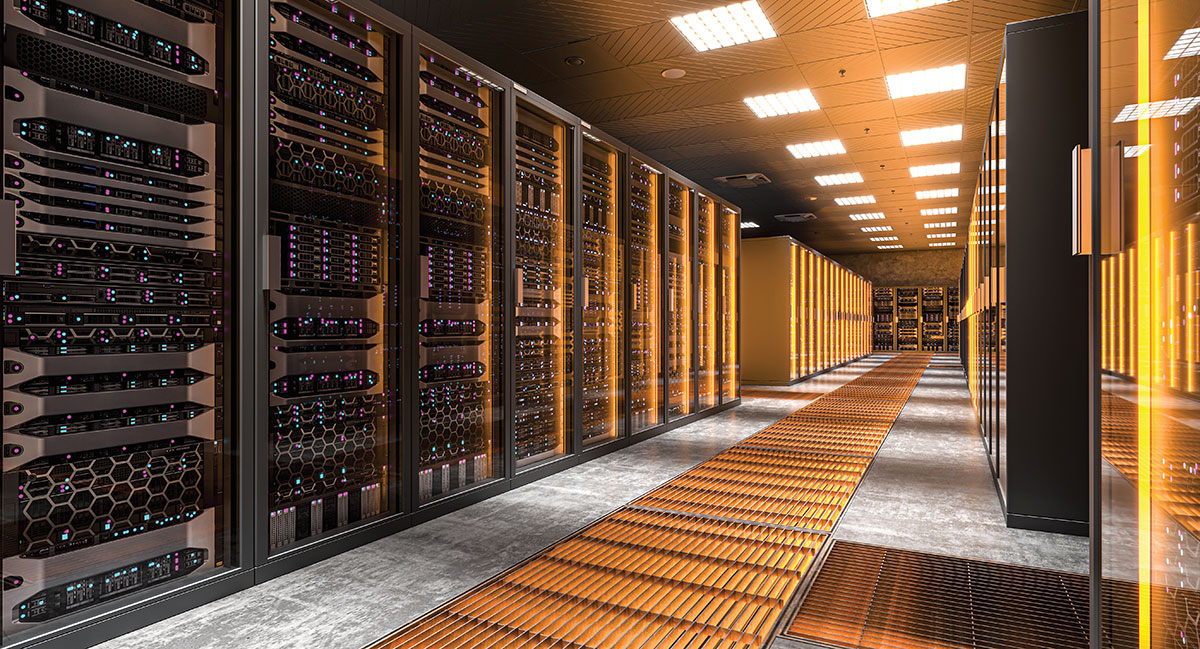

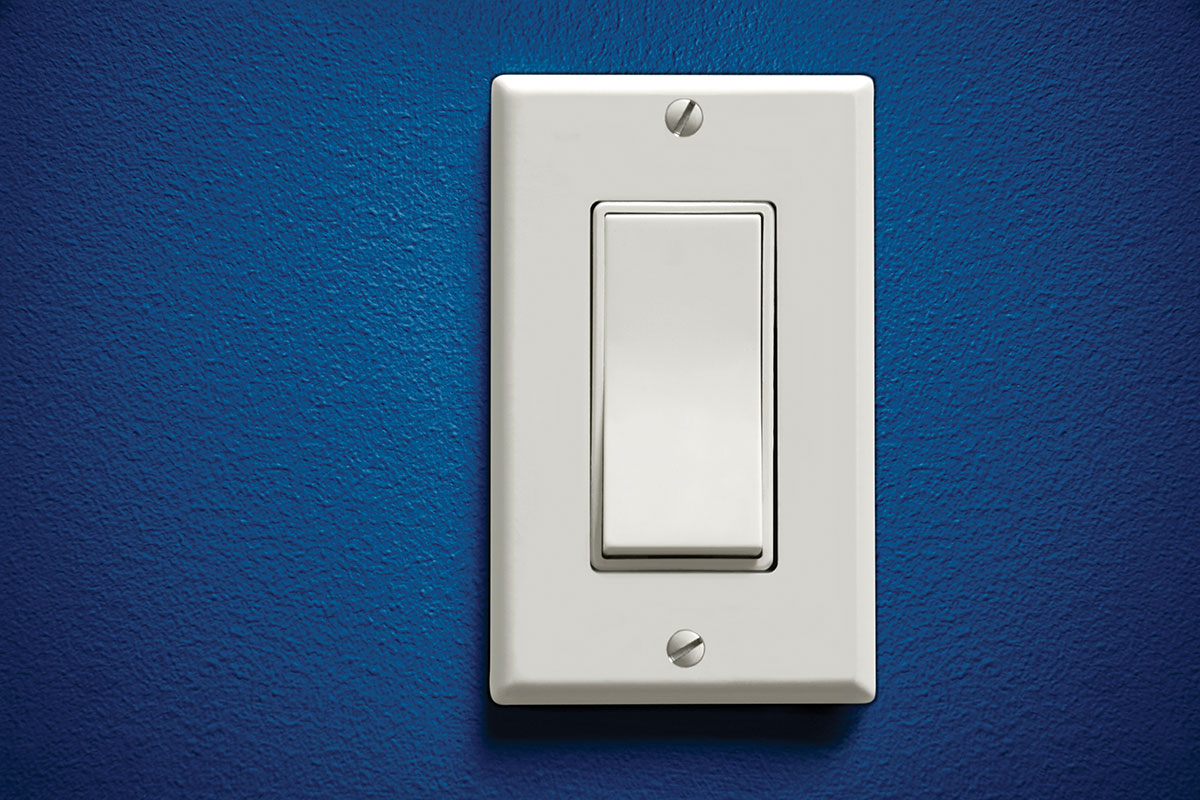
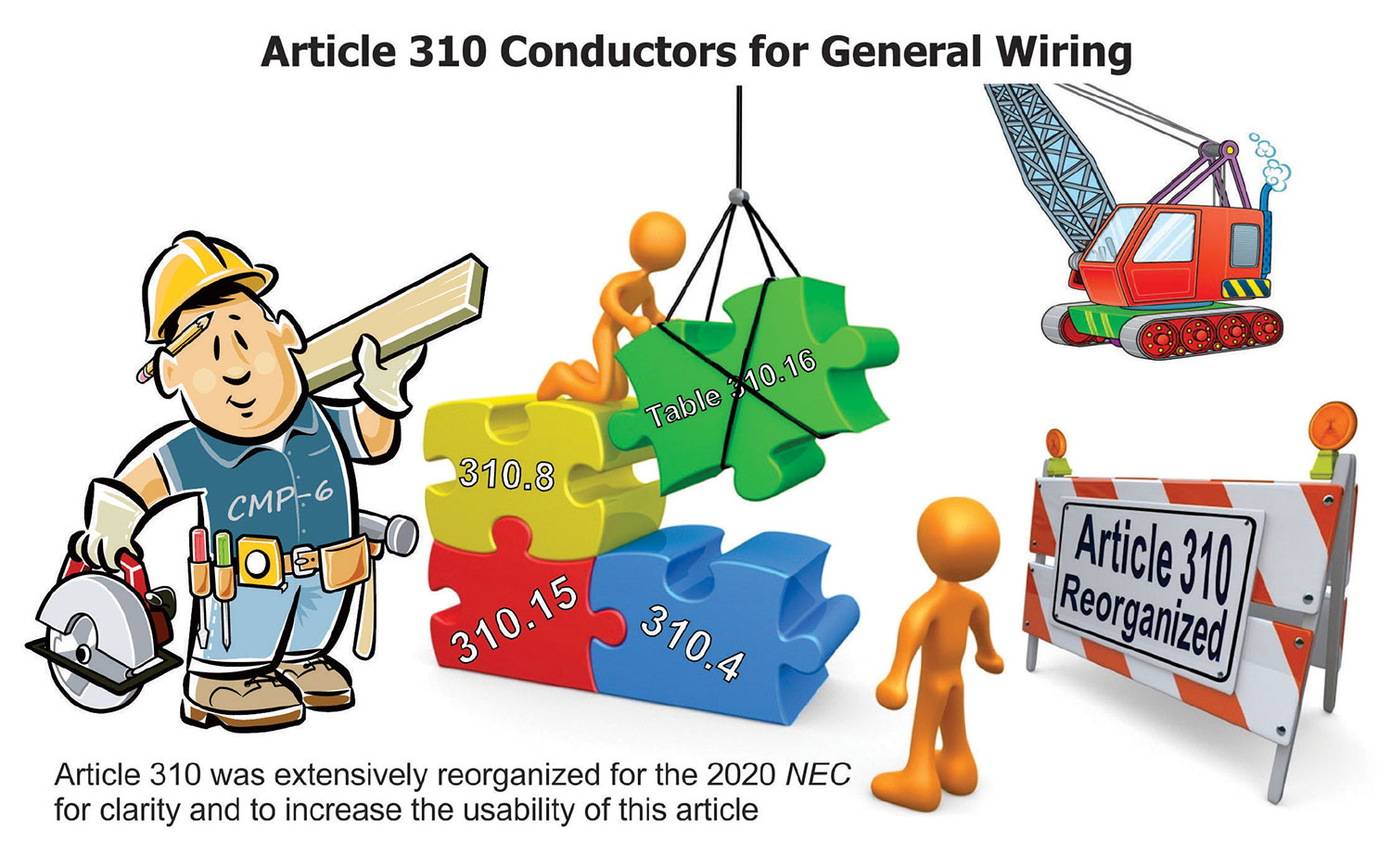
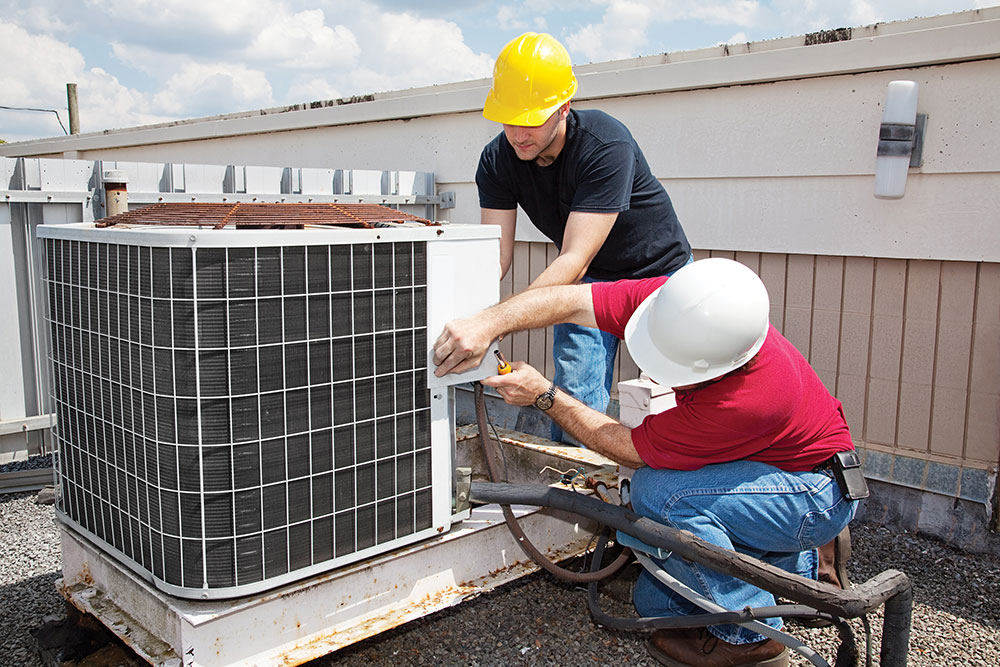

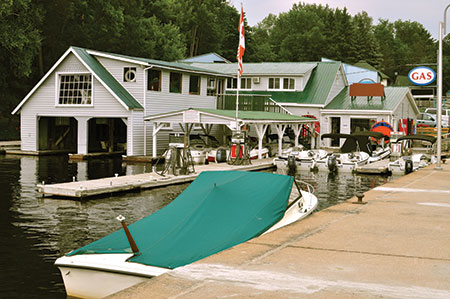


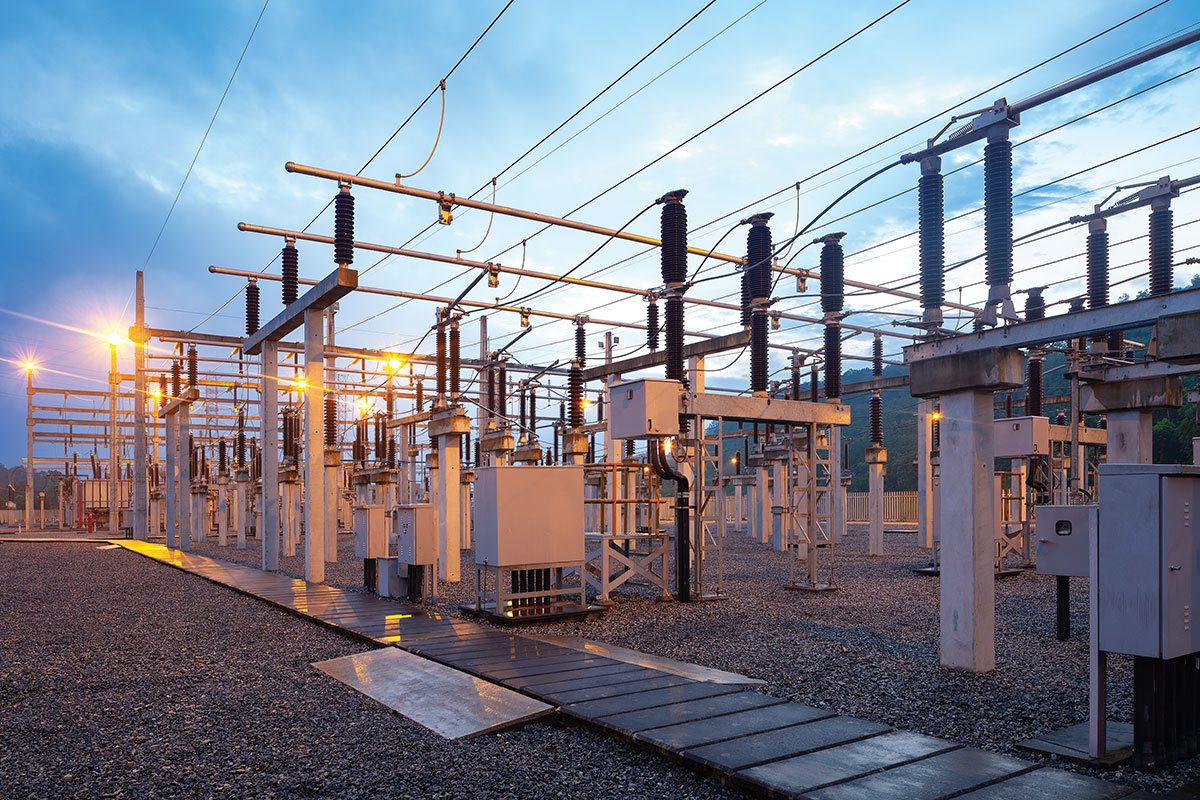


Find Us on Socials